Nepenthes Grow Guide
Temperature: Highland species prefer 75-80F days and 55-60F nights. Lowland species prefer temperatures of 85-90F days and 65-70F nights. Temperatures below freezing are likely to kill Nepenthes very quickly.
Light: 50%-75% shading is appropriate for most species. Indoors, a sunny windowsill is typically sufficient. Supplemental lighting can be provided, but usually is not required.
Potting media: 1 part Long fiber sphagnum and 1 part perlite is a simple mix that works very well. Other components such as orchid bark, tree fern fiber, and untreated cypress mulch can be used in addition to or in place of perlite. The overall goal is to have an mildly acidic, airy mix that will not compact over time.
Coconut chips, coco peat, and mixes of the two have been used with success. However, these materials must be extensively washed to remove their high salt content. Several soaks in low TDS water over days or weeks are required to turn these into usable materiels. A TDS or conductivity meter will be required to verify that the salt content has been lowered to an acceptable level.
Pots: Plastic pots are generally the best choice. We prefer to use white hydroponics pots for our collection plants due to superior drainage. Also, white pots reflect more light/heat than black pots and therefore tend to stay slightly cooler, which can be a bonus when trying to keep highland plants as cool as possible.
Watering: Watering should be frequent enough to prevent complete drying. Depending on the humidity/airflow your plants are gown in, this may mean watering every 1-3 days. Pots should drain freely. Nepenthes should not sit in water constantly. When watering, do so until water flows from the bottom of the pot in order to prevent the buildup of nutrients/salt in the media over time.
Water Quality: You should purchase a TDS/conductivity meter in order to test the water you plan to use. TDS below approximately 150 PPM is survivable for most Nepenthes. TDS below 20 PPM is optimal. Distilled and/or Reverse Osmosis water is available from many stores and can be suitable for small collections. We recommend obtaining an RO system, as having your own system is much more cost effective over time.
Humidity: Humidity above 75% is optimal. However, be aware that stagnant, humid are is very condusive to the spread of disease. Therefore, we recommend ensuring airflow around your plants if humidity will consistently be above 90%.
Nutrition: Manual feeding is not a strict requirement. Even plants grown indoors will still capture insects on their own. It is better to feed too little than too much. A single osmocote pellet in each pitcher works very well for mature plants. At smaller sizes this method will often result in the rapid loss of the pitcher (not the entire plant). For plants of any size, foliar feeding with 1/2 or 1/4 strength Maxsea will result in significantly faster growth.
If you have any questions about how to grow your Nepenthes, please contact us. We want you to be successful!
